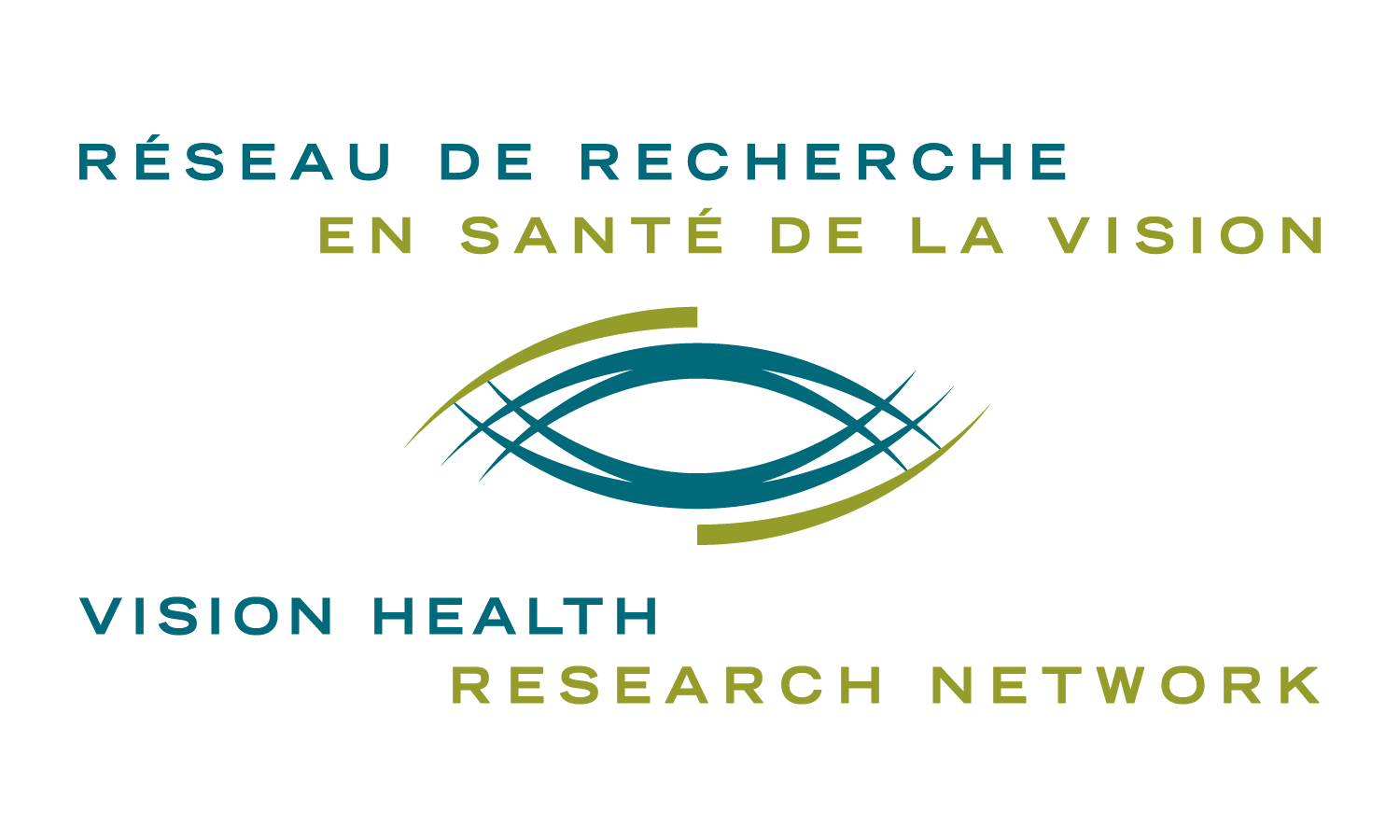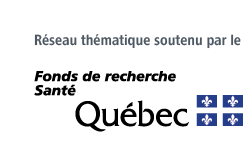Database for the functional, anatomopathological, and surgical characterization of the cornea-Quebec
Funded between 2006-2011 (Isabelle Brunette), 2011-2021 (Jean Meunier) and since 2021 (Marie-Claude Robert)
Aim
The aim of this infrastructure is to offer Network researchers a large database equipped with various tools for the anatomo-functional analysis of the normal, pathological and surgical cornea.
Description
This database is made up of normal and pathological subjects, totaling more than 36,000 patients. It includes, among other things: topographical and corneal imaging data, physiological optical data, psychometric data and clinical data (medical history, surgical parameters, acuity, etc.). Various topographical analysis tools have been integrated over the years, giving this bank a unique character allowing: the analysis of individual maps, the analysis of average population maps, 3D modeling and visualization, statistical studies, etc. There are also screening tools (LASIK, PRK, RK, keratoconus) on living and bank corneas and tools for secure data exchange between collaborators.
Impact
Several works have been carried out in recent years thanks to this common infrastructure. For example, this bank helped to document the progression of the 3D shape of the normal cornea as a function of age and ametropia as well as the mirror symmetry of the corneas of the right and left eyes (enantiomorphism). Our bank also allowed us to study the anatomy of wounds and the shape of the cornea before and after a transfixing graft or an endothelial graft (DSAEK and DSEK). Data on the characterization of corneas experimentally grafted with corneal equivalents generated by tissue engineering and the recent addition of clinical data on the replacement of a diseased cornea with a synthetic corneal equivalent (keratoprosthesis) have also enabled several works and publications. More recently, the database has allowed us to develop innovative algorithms to give an implant an optimal shape based on the clinical parameters of the recipient. We have also demonstrated that the 3D shape of the cornea can serve as a biometric characteristic (like fingerprints) for the purposes of identifying individuals for various applications ranging from forensics to secure border crossing. As a result, a new multimodal database (cornea + iris + possibly retina) was created for biometric identification purposes.
This database constitutes a unique anatomical-functional analysis tool of the cornea. It is characterized by the scientific quality and abundance of accumulated information and by the wealth of its operating resources.
Accessibility
The data from this bank is accessible to all members of the RRSV on request (in a context of respect for ethical rules and intellectual property).
Infrastructure administrator
Marie-Claude Robert, MD, MSc, FRCSC
Department of Ophthalmology, Pavilion D, 1st floor
CHUM – University of Montreal
Contact information
Marie-Claude Robert – marie-claude.robert2@umontreal.ca
Funding
Vision Health Research Network


